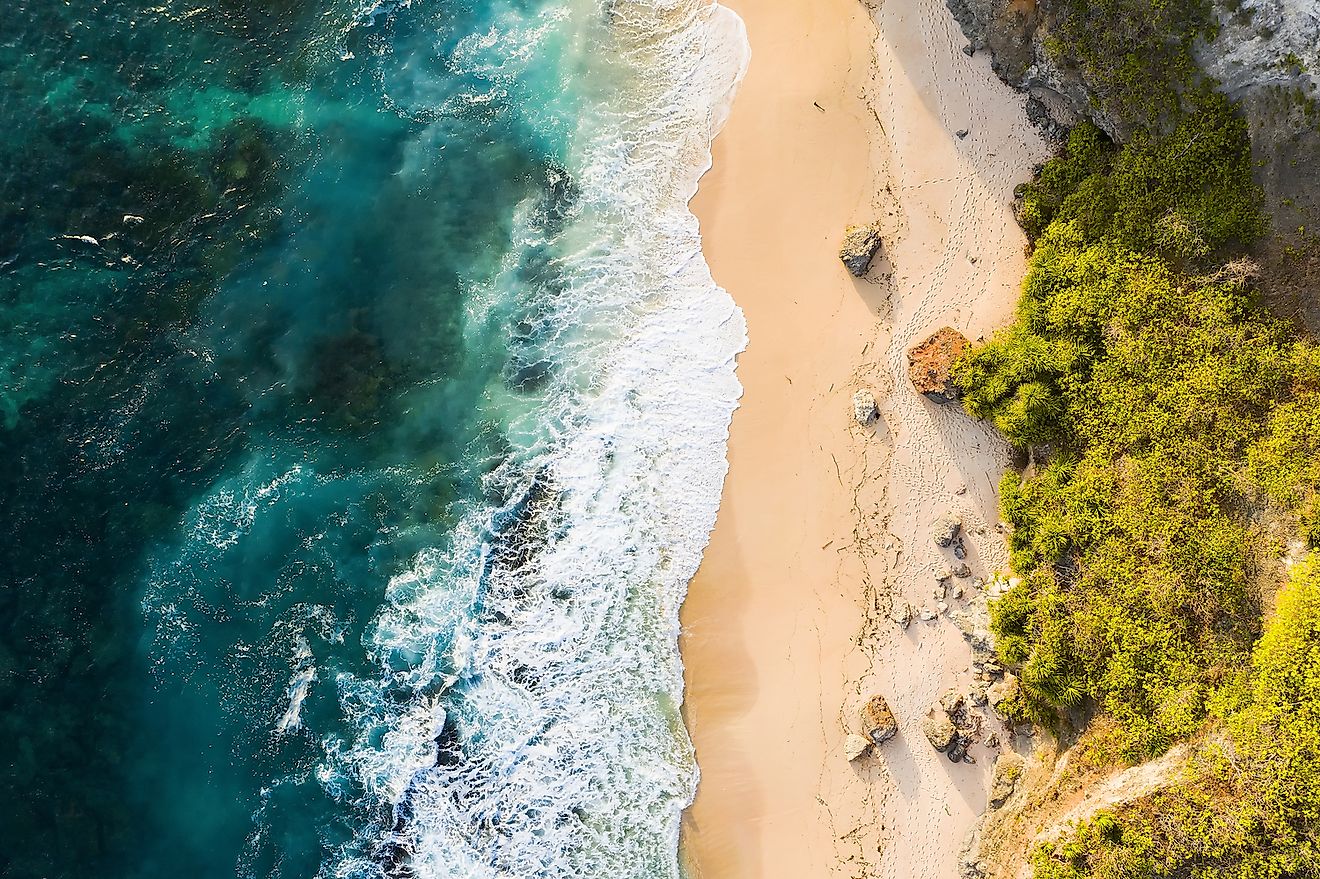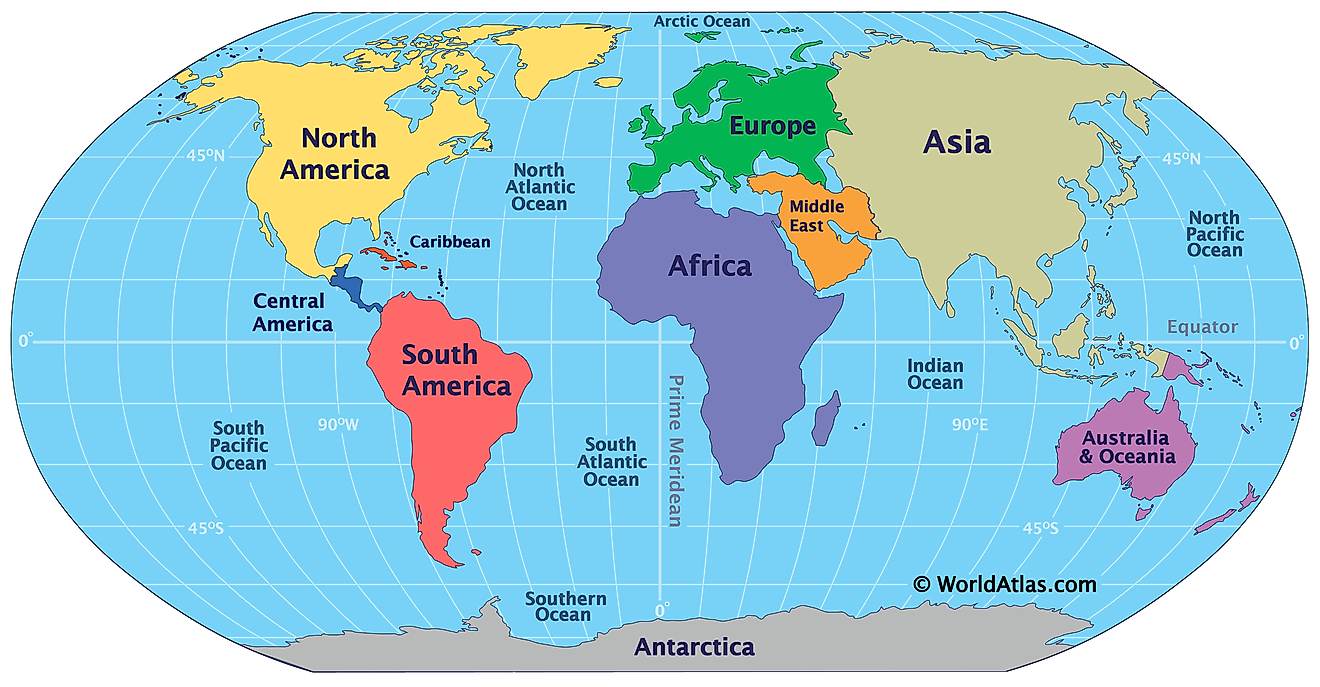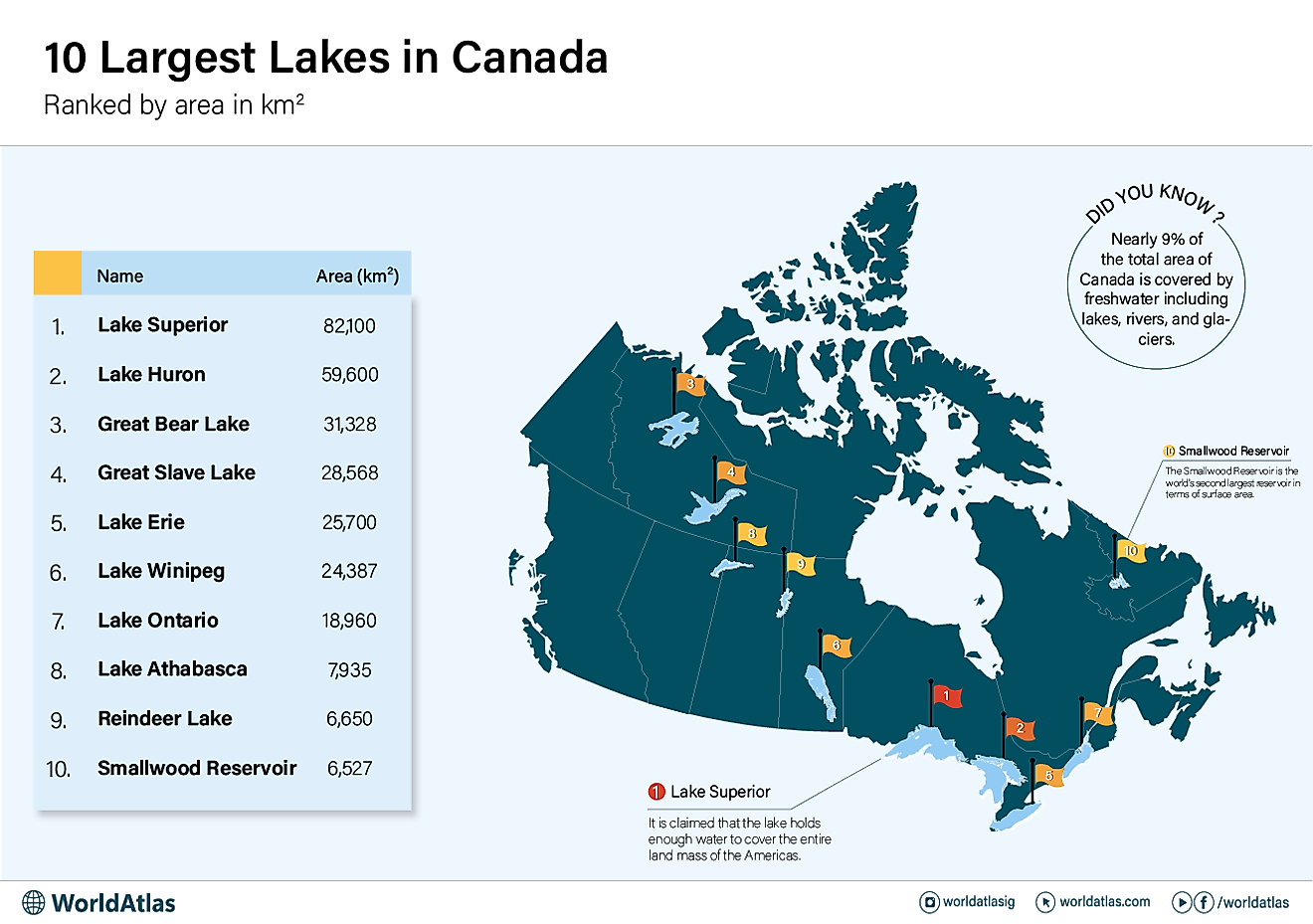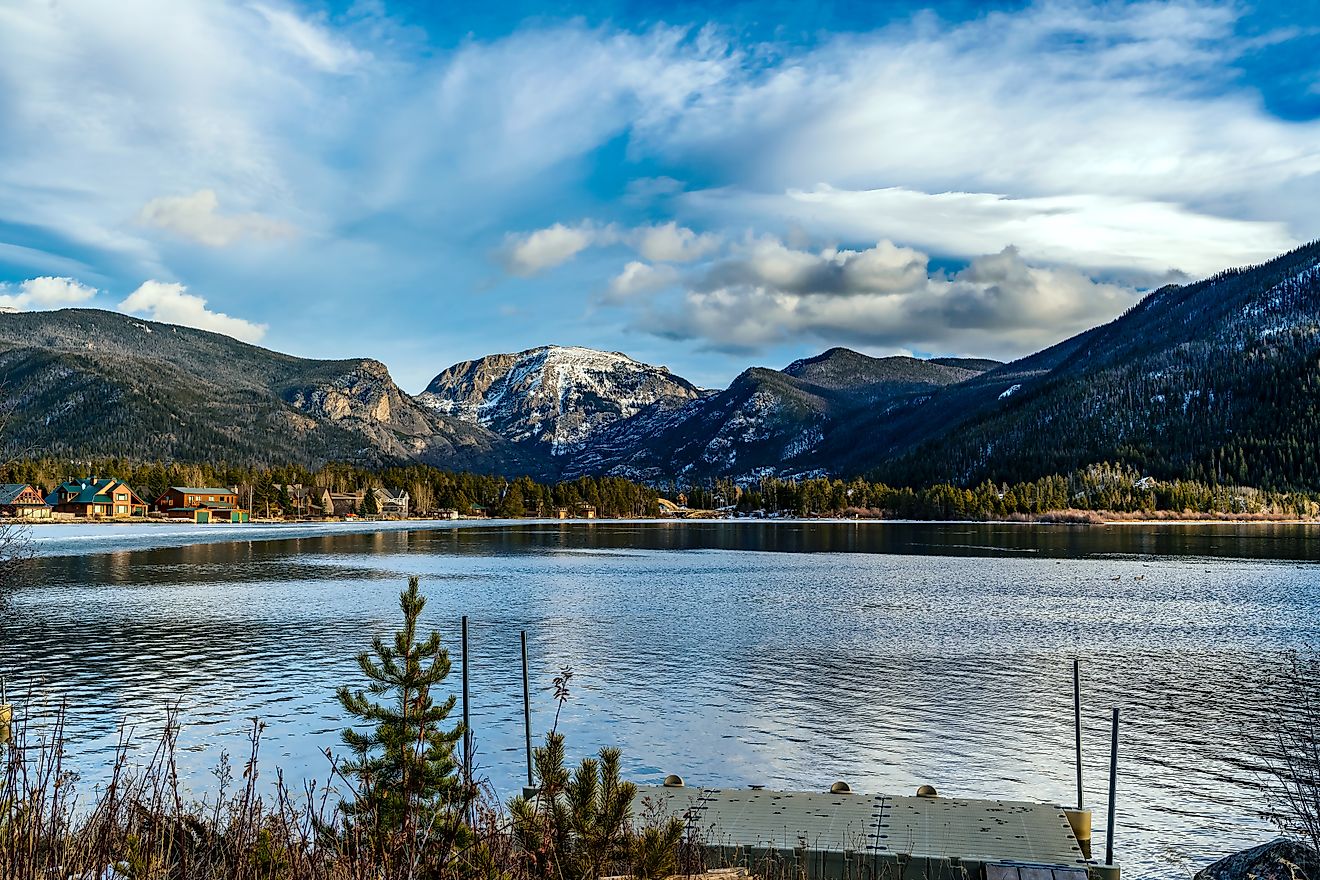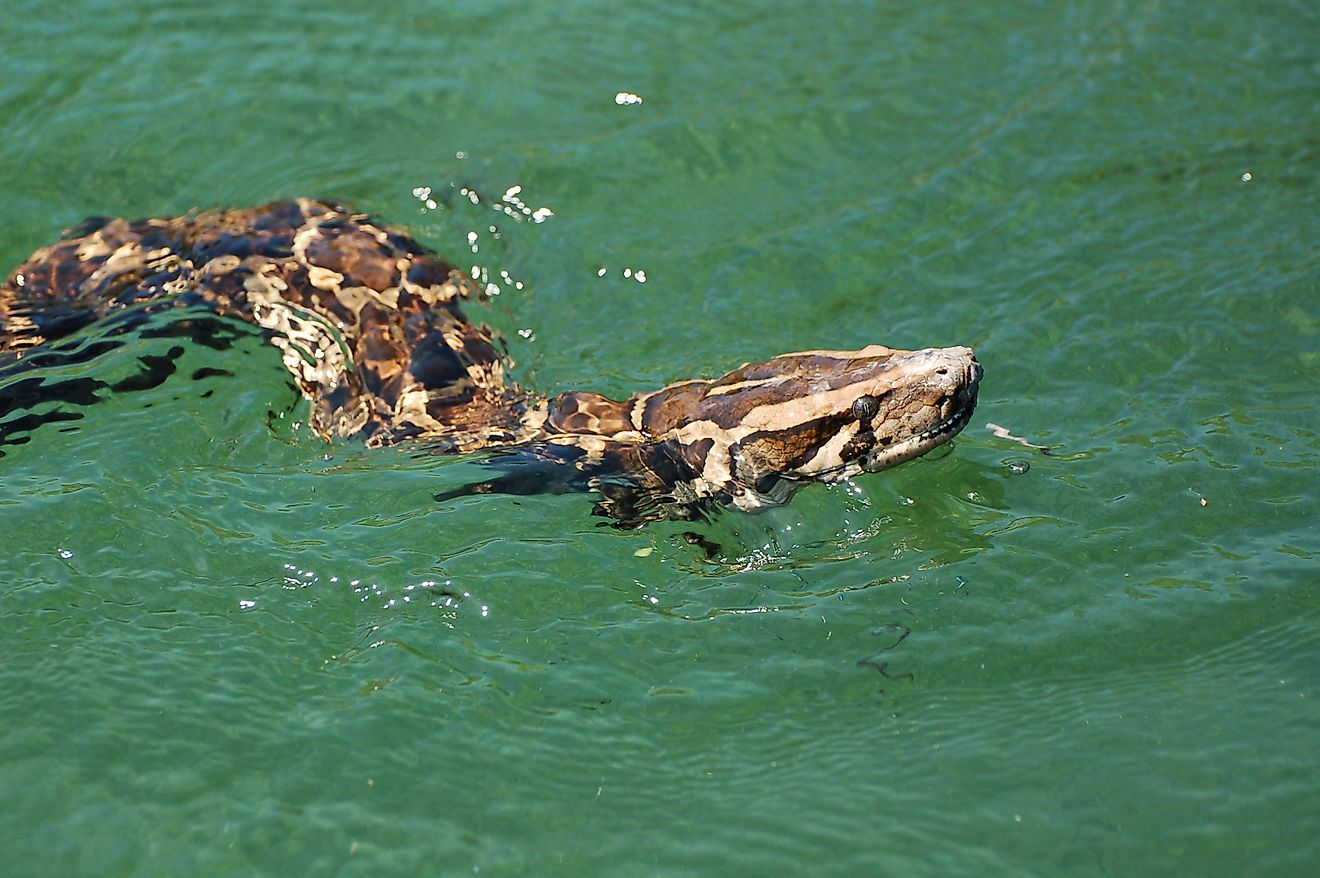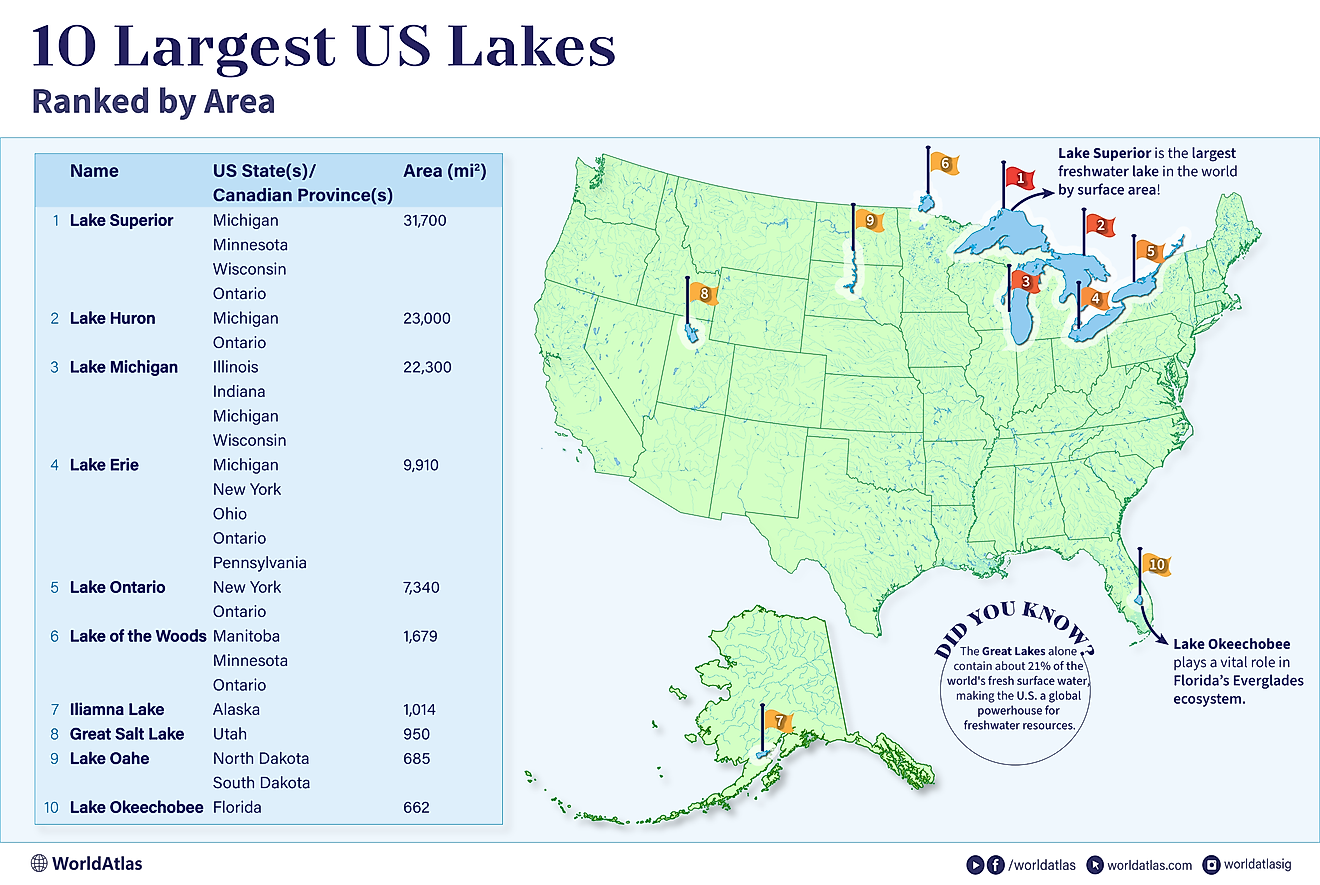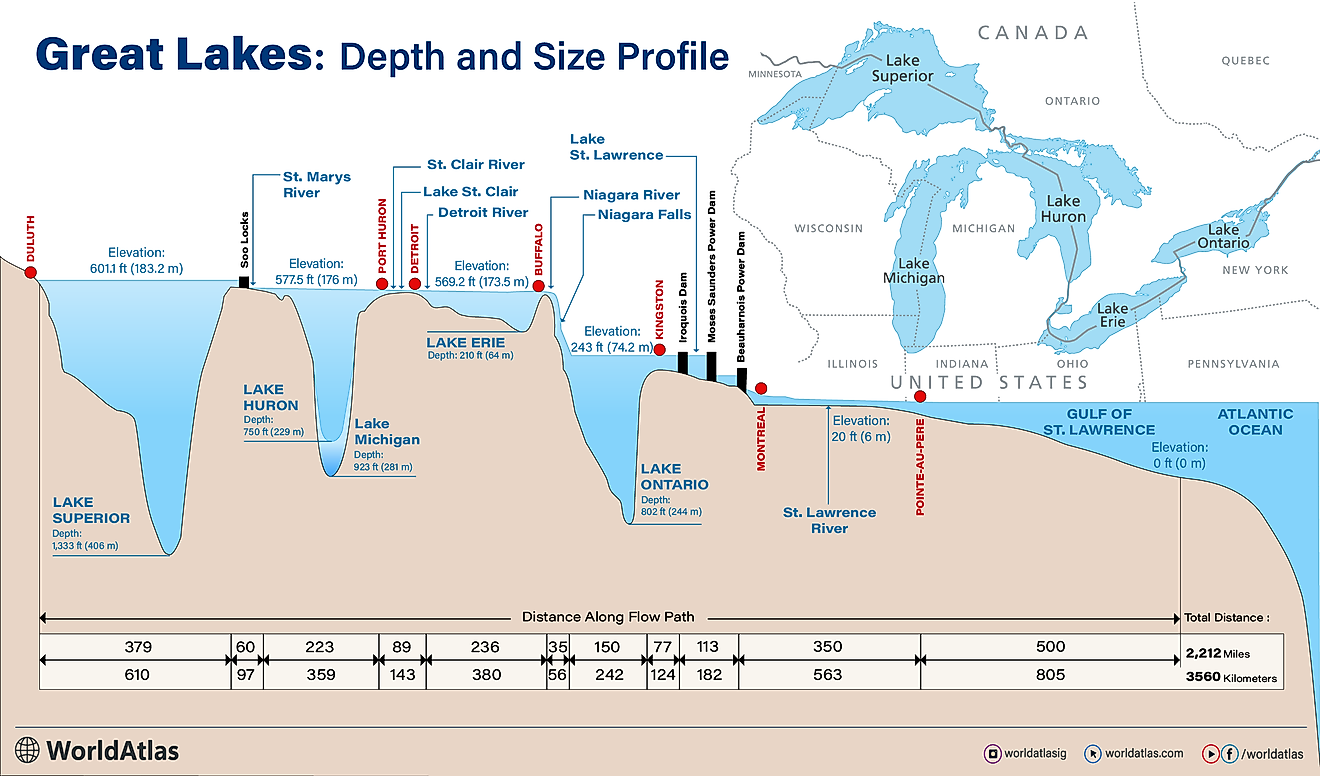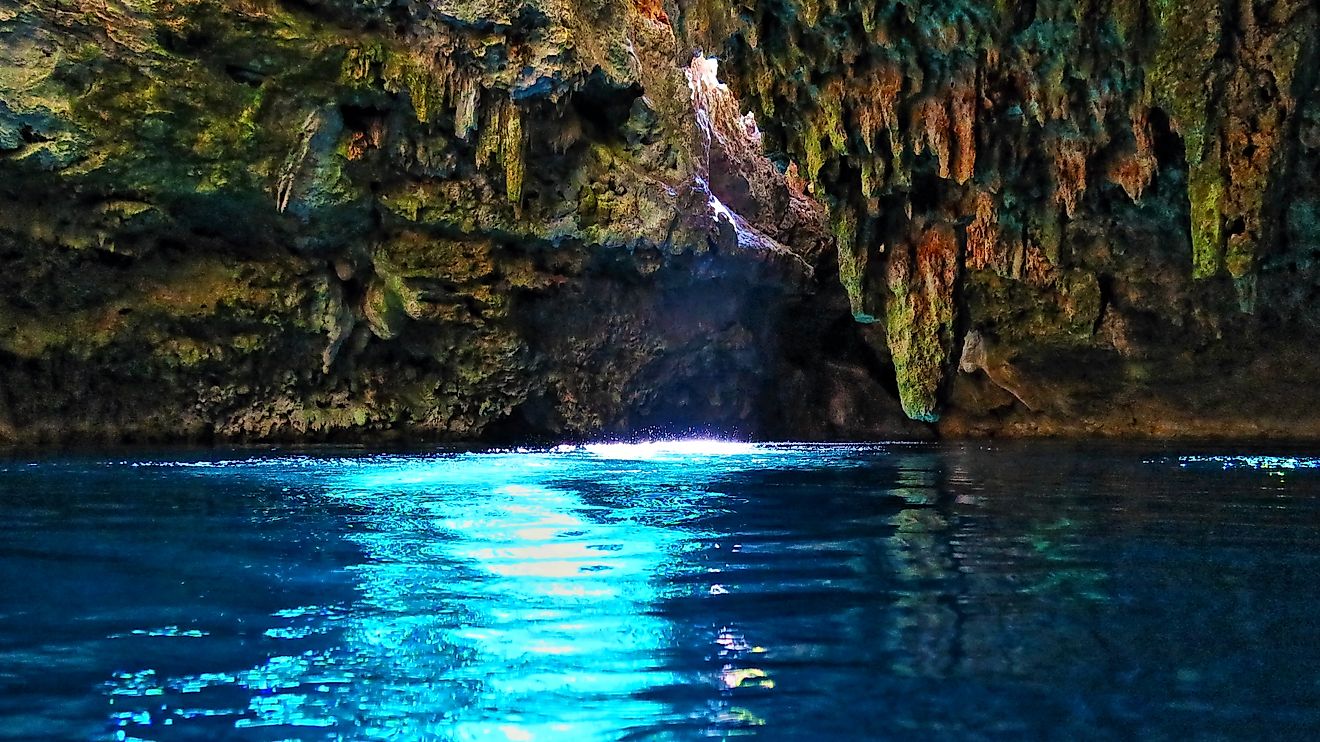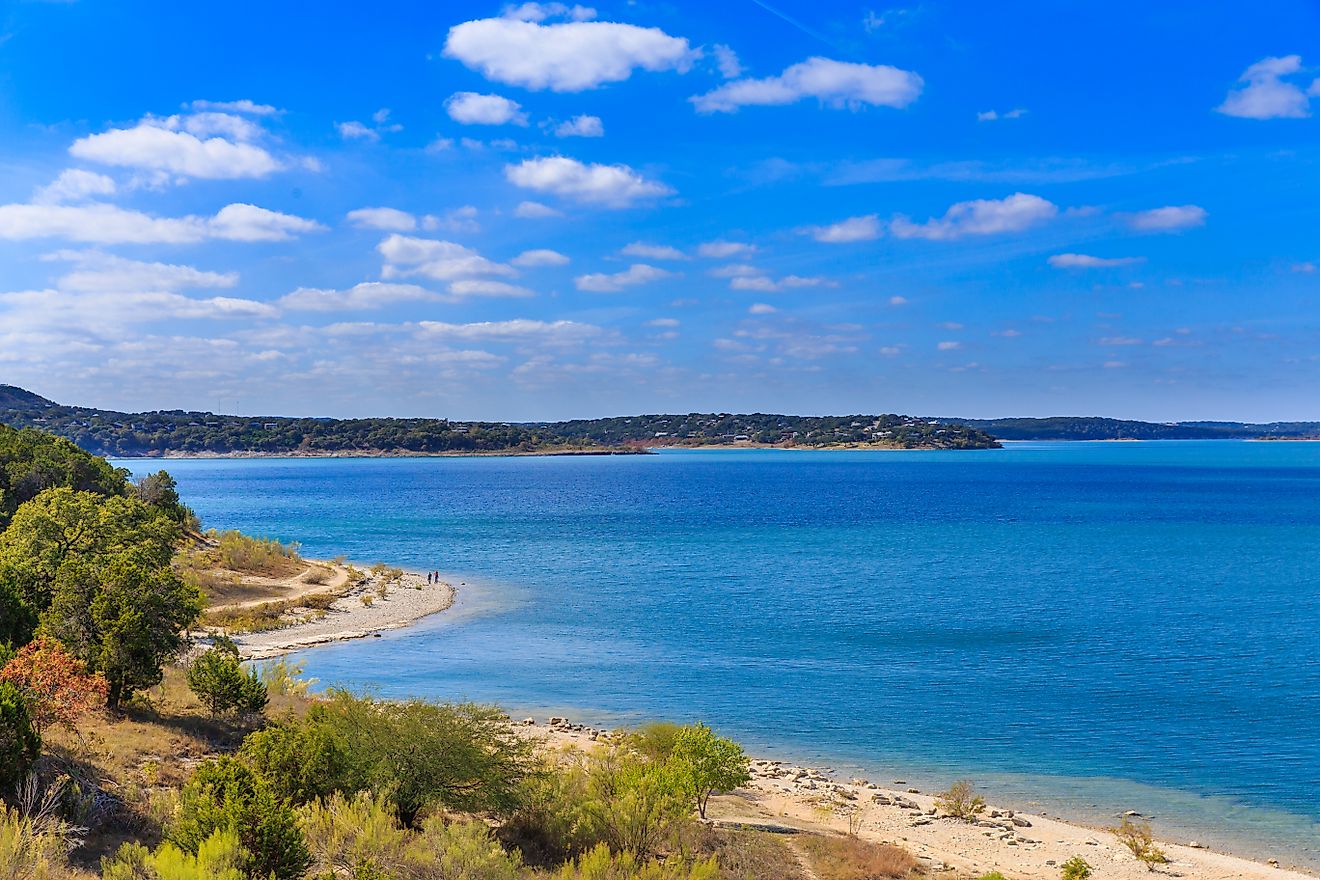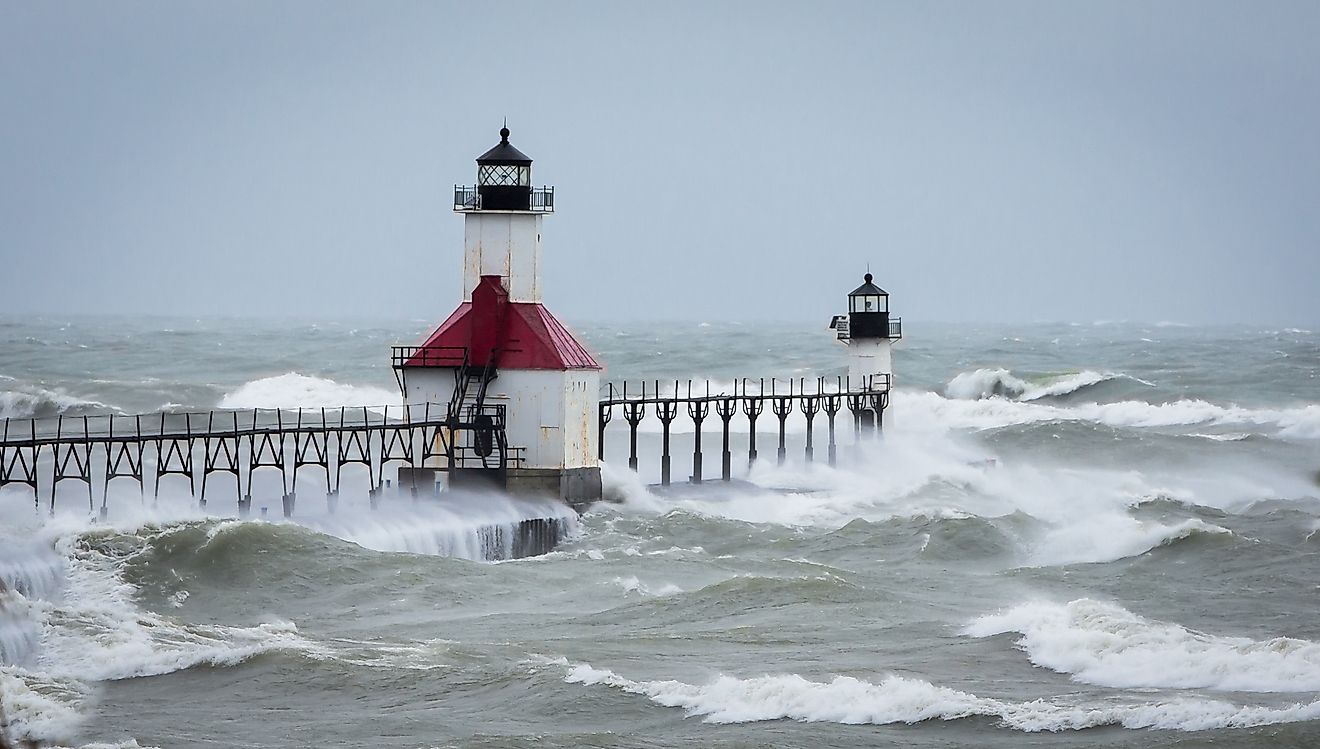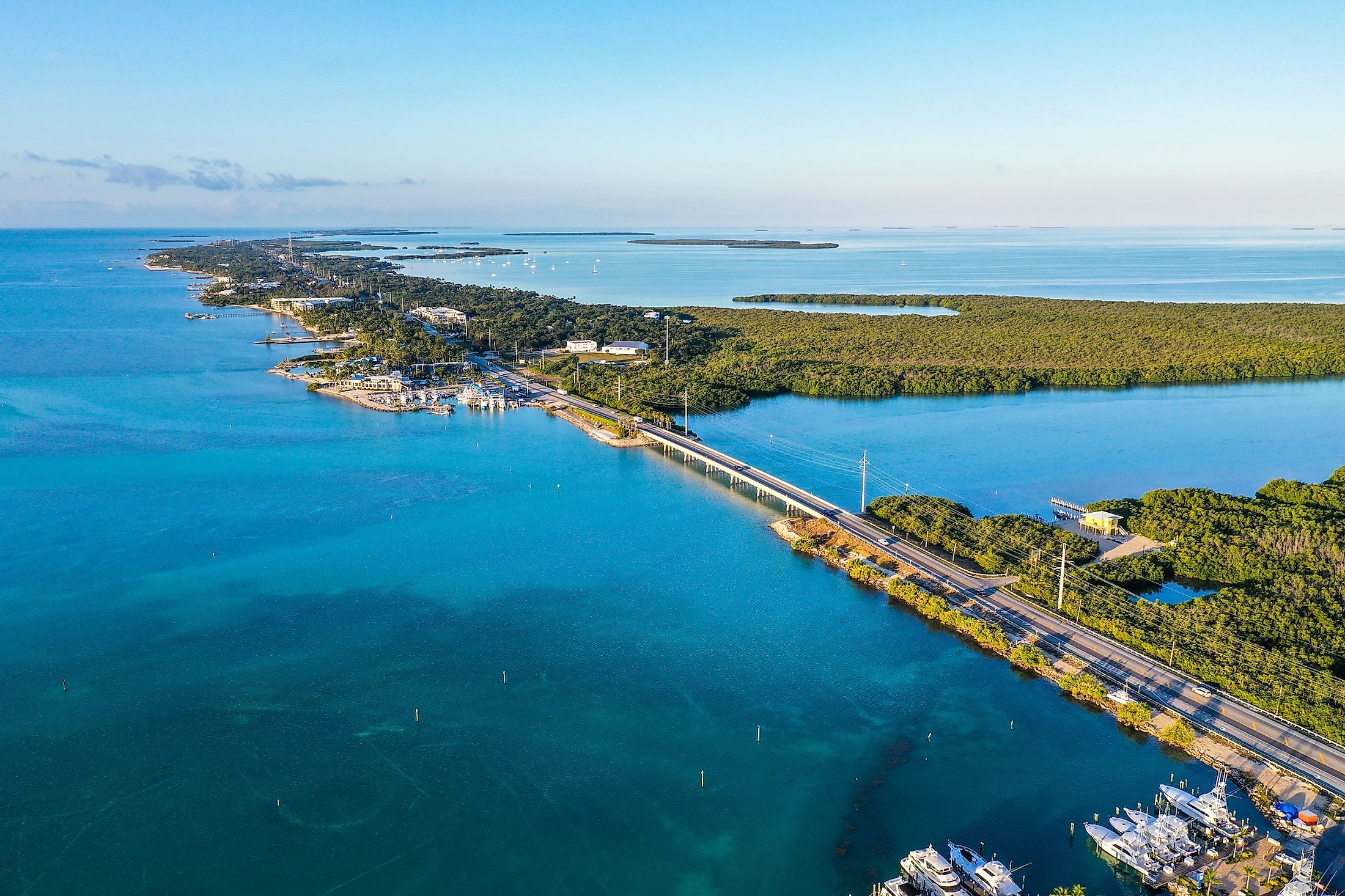
Florida Strait
The Florida Strait is a water channel, or stream, which connects the Gulf of Mexico to the more expansive Atlantic Ocean. This long strait runs between the Florida Keys to the north and Cuba to the south and stretches eastward towards the Bahamas. The total length of the Florida Straits exceeds 482.8km, and its width varies from 96.5km to 160.9km. The strait reaches a maximum depth of 1828.8m.
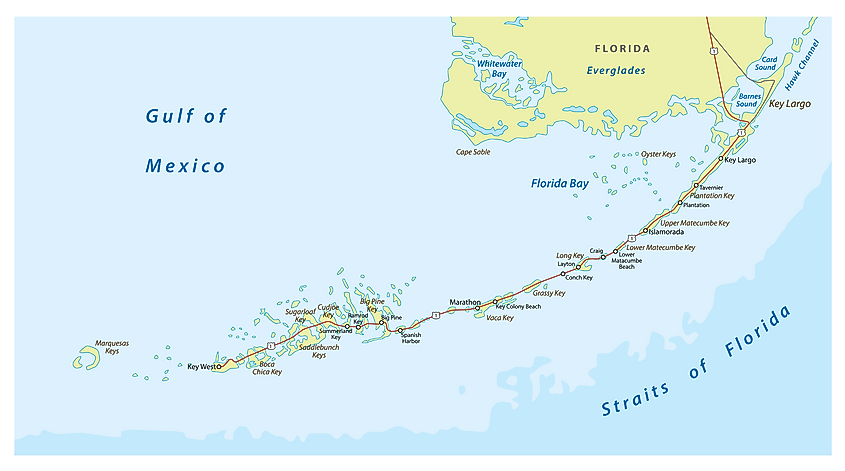
In the Florida Straits, the larger Florida Current, which is the beginning portion of the Gulf Stream, moves out of the Gulf of Mexico and flows eastwards towards the Atlantic, with a velocity of roughly 6.5 to 9.5 kilometers per hour. In 1513, the Spanish explorer Juan Ponce de Leon first sailed through the Florida Straits.
Importance Of Florida Strait
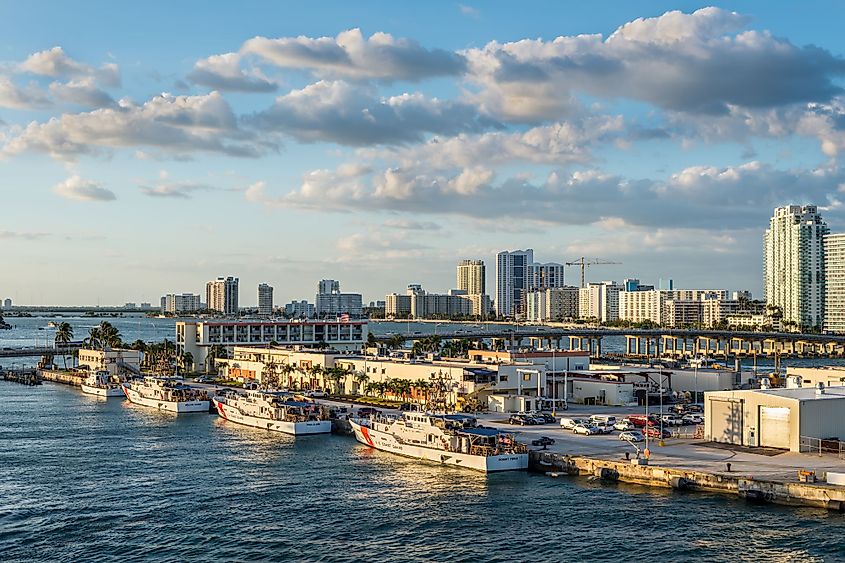
Both the Florida Strait and the Florida Current have an essential role in the broader world of water movement on earth. Though the currents in the ocean may not seem very significant, they can significantly impact the Earth’s climate, temperatures, and ecosystems. They must continue to work the same way, or else drastic changes could occur across the planet.
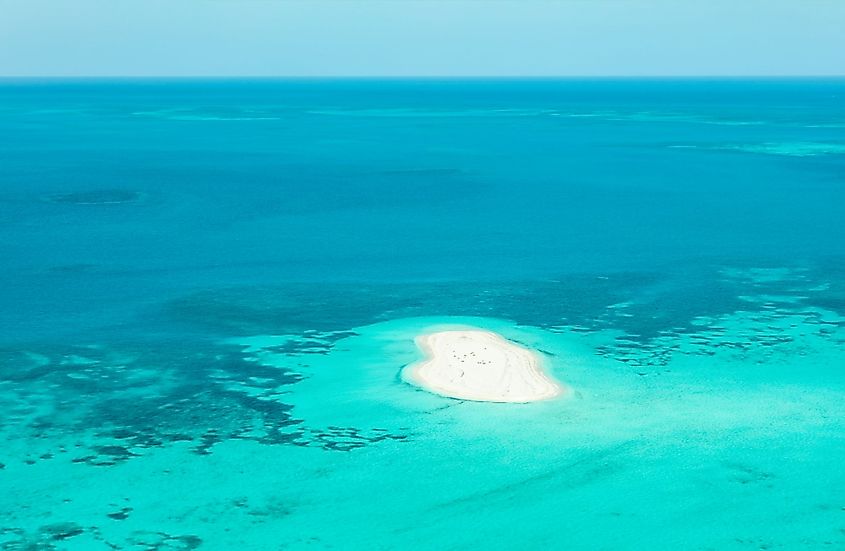
The Florida current brings warm water from the Caribbean region up towards the base of North America, around the US State of Florida, particularly the Florida Peninsula. The landmasses form a narrowing passage between Florida and Cuba; the warm current passes much closer to land and brings these warm waters closer to the coasts. This is why the area known as the Florida Keys enjoys some of the warmest, most tropical-like weather. These warm waters are also the main reason that coral reefs and marine life are more abundant around the keys. Delicate corals prefer warm temperatures, and a variety of marine life also thrive in these conditions and live in such areas with corals. Thus, the Florida Current and Florida Strait are vital to ensuring the ecosystems found in that region. A change in temperature or water flow could cause these ecosystems and the organisms that live there to die out.
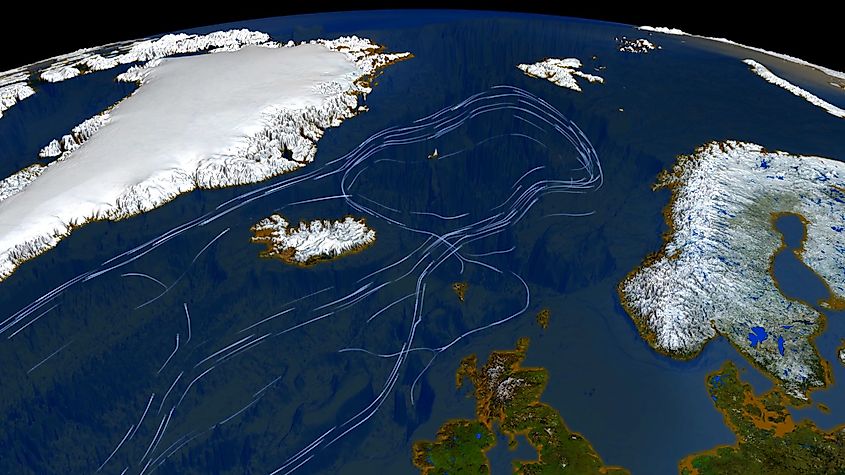
Similarly, the warm waters from the Florida Strait pass from the Caribbean to the Atlantic Ocean, where it joins the Gulf Stream. The Gulf Stream then travels up the coast of North America before traveling across the ocean towards Europe. Though the waters in the Gulf Stream are not as warm as those in the Florida Strait, they do retain some of the warmth from the original Caribbean waters. This increased temperature in the Gulf Stream is what makes the temperatures in western Europe more temperate. Without the Florida Straits, these warm Caribbean waters would not be able to reach the Gulf stream. Thus the entire system of warm currents would be massively disrupted, further affecting the temperature and coastlines of both North America and western Europe. Without the temperate waters of the Gulf Stream, which rely on the Florida Straits, temperatures in both North America and Europe could shift and cool. In contrast, the temperatures around Florida and the Caribbean would rise, throwing off the delicate balance of the Earth's ecosystems.
